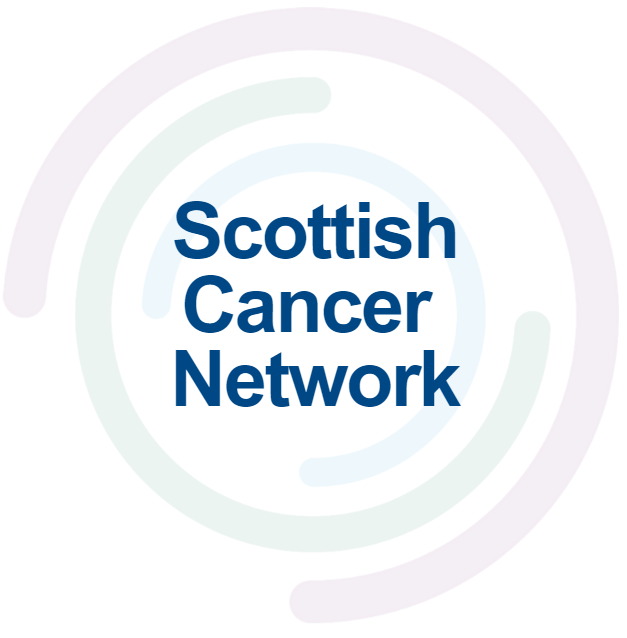Chemotherapy induced peripheral neuropathy (CIPN) is a potential side effect in any patients receiving neurotoxic chemotherapy, it has sensory, motor and autonomic components and can be:
- Acute i.e. during chemotherapy cycles, often maximal at the time of the infusion
- Chronic i.e. persistent after 3 months post last chemotherapy.
Acute CIPN has a predominance of sensory components with patients often complaining of intensely unpleasant sensations rather than pain and it can be misleading if the clinician only asks about pain. In acute CIPN we can see associated joint pains thought to be due to neurotoxicity affecting the synovial lining of joints.
Chronic CIPN can be predominantly sensory, or any mixture of sensory, motor and autonomic. Chronic CIPN is defined as lasting for at least 3 months post chemotherapy. Not all acute CIPN goes on to chronic CIPN and similarly not all chronic CIPN is preceded by acute CIPN. After completion of chemotherapy, existing CIPN can go through a period of deterioration over 3-4 months which is known as coasting. At the 3-4 month period there is usually a stabilisation and in roughly 50% of patients a gradual improvement over a year. The remaining 50% will have some level of unacceptable CIPN a year after finishing chemotherapy. Our systematic review1 and meta-regression suggests a high overall prevalence of CIPN, maximum within the first month after treatment, and falling over time. Overall, approximately one-third of patients (higher in paclitaxel) can expect to have chronic CIPN 6 months or more after the end of chemotherapy.
Generally, the longer the duration of poorly controlled CIPN the more challenging management becomes. There are no known preventative treatments for CIPN, however early identification of CIPN, particularly after the first cycle helps to identify susceptible patients who may go on to have challenging CIPN and clinical reassessment of chemotherapy dosing is important.
Reported clinical risk factors for CIPN include:
- Baseline neuropathy e.g. diabetes
- History of excessive alcohol intake
- Decreased creatinine clearance
- Specific sensory changes during chemotherapy treatment including:
- Cold allodynia (pain in response to a non-painful cold stimulus) and
- Cold hyperalgesia (exaggerated pain in response to a painful cold stimulus, such as winter temperatures and very cold water).
Onset of these cold sensitivities after just one cycle of chemotherapy is a red flag and such patients should have both a chemotherapy dose review and proactive management of CIPN - see below.
In general, the earlier the identification and management of CIPN, the higher the likelihood of preventing chronic severe CIPN. The best way to manage both acute and chronic CIPN is by taking a systematic approach starting with simple non-systemic treatments with no known toxicities and working up to systemic treatments if simpler treatments do not work.



